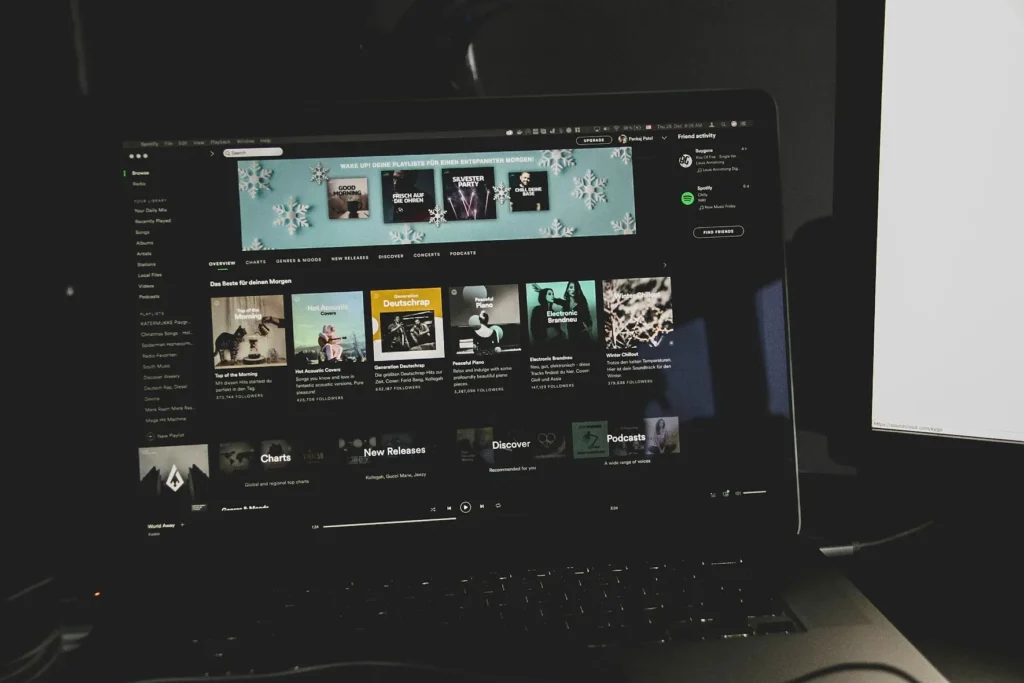Spotify finally revamps its shuffle mode with more control for users
For a long time, Spotify users have voiced complaints about the platform’s shuffle feature: it never really felt random. The same tracks would often repeat, even in playlists boasting hundreds of songs.
Good news: the platform is rolling out an update that will introduce two distinct shuffle modes: Standard vs Less Repetitions.
In a recent beta version of the Android app, Android Authority discovered two shuffle options currently being tested:
- Standard: a 100% random playback mode. Every song has an equal chance of being played, including being played consecutively. It’s “true randomness” (which may frustrate those who dislike repeats).
- Less Repetitions: a “smart” shuffle mode that considers your recent listening habits, decreasing the likelihood of quickly hearing the same tracks again. Essentially, this is a refined version of the current algorithm.
The issue arises from a biased perception: users believe a “pleasant” shuffle mode should avoid nearby duplicates. However, the mathematics of pure randomness do not ensure a harmonious distribution. Consequently, if Spotify offered only 100% random playback, many users would complain about hearing the same song twice within 10 minutes.
Spotify: Why “True Randomness” Isn’t Always Popular
With these two options, Spotify aims for transparency and offers subscribers a choice of the shuffle mode that fits them best. It’s yet to be seen whether the “Standard” option will truly appeal to purists or if the majority will prefer the “Less Repetitions” compromise that aligns more with everyday listening.
This development is part of a larger trend: giving users more control over their algorithms. Ultimately, could the “perfect shuffle” be one that doesn’t simply mimic randomness but rather aligns with our psychological expectations?




